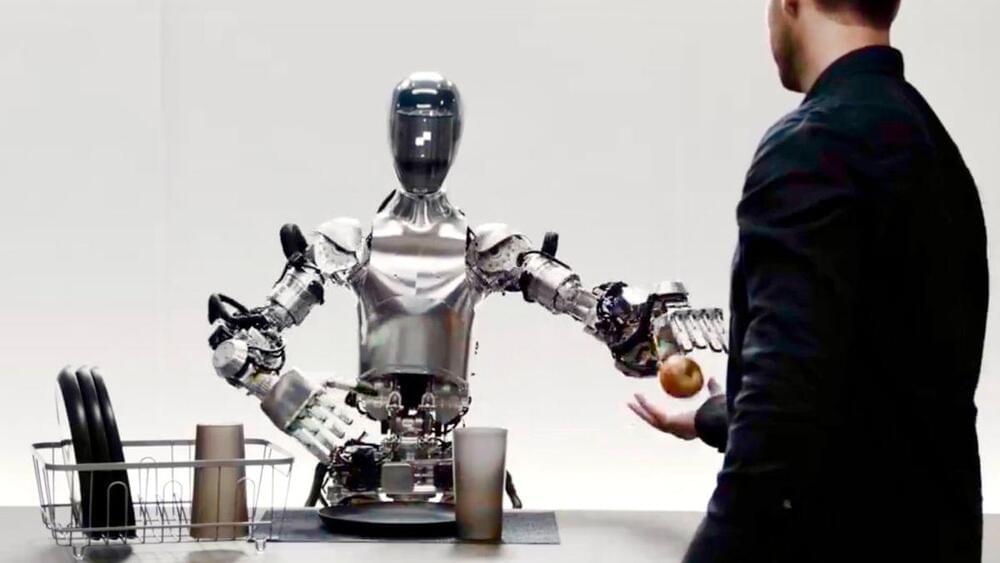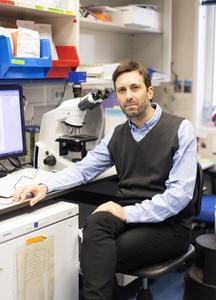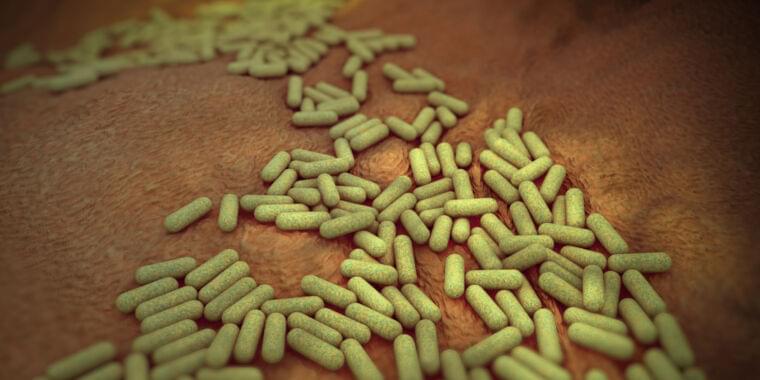PORTLAND, Maine (AP) — Avian influenza is killing tens of thousands of seals and sea lions in different corners of the world, disrupting ecosystems and flummoxing scientists who don’t see a clear way to slow the devastating virus.
The worldwide bird flu outbreak that began in 2020 has led to the deaths of millions of domesticated birds and spread to wildlife all over the globe. This virus isn’t thought to be a major threat to humans, but its spread in farming operations and wild ecosystems has caused widespread economic turmoil and environmental disruptions.
Seals and sea lions, in places as far apart as Maine and Chile, appear to be especially vulnerable to the disease, scientists said. The virus has been detected in seals on the east and west coasts of the U.S., leading to deaths of more than 300 seals in New England and a handful more in Puget Sound in Washington. The situation is even more dire in South America, where more than 20,000 sea lions have died in Chile and Peru and thousands of elephant seals have died in Argentina.








